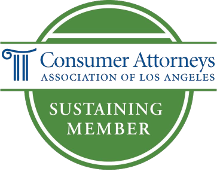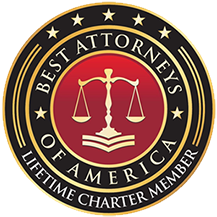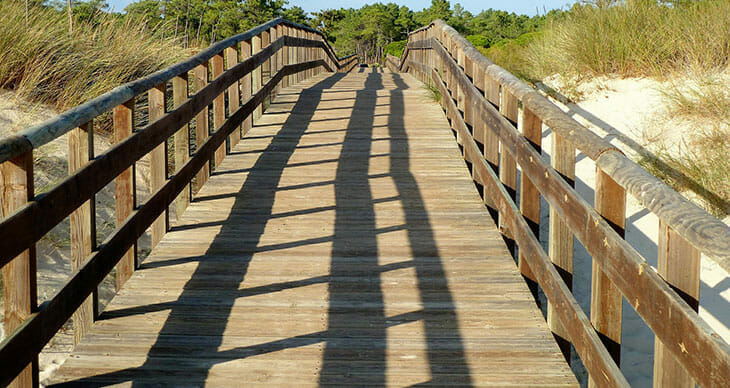CALL NOW FOR A FREE CONSULTATION:888-407-2955
A City Determined to Succeed
In 1895, a UC Berkeley geology professor identified a break in the earth’s crust running through San Andreas Valley. The break turned out to be one segment of a giant continental fault running 800 miles along the coast of California. A decade later, at 5:12 a.m. on April 18, 1906, a lateral slip of the fault triggered a 7.8-magnitude earthquake near San Francisco. The quake and resulting fires devastated the city. Three thousand lives and 25 percent of the city’s buildings were lost.
San Francisco rebounded quickly following the 1906 quake. It rebuilt itself and has since grown into one of the world’s most beautiful and prosperous cities. At Neale and Fhima, we view this episode in the city’s history as a testament to the determined and resilient nature of the people who live here. We see these same attributes in our Lemon Law clients who refuse to accept defeat at the hands of car manufacturers. If your efforts to obtain automotive warranty repairs have reached a standstill, we can help.
Our office is now open at 1 Sansome Street, Suite 3500, San Francisco, CA 94104. To celebrate its opening, here are some highlights from the fascinating history of “The City by the Bay.”
Traveling On, Above, and Under the Sea
Cable cars may be San Francisco’s most famous form of transportation inside the city, but what about getting on and off the peninsula? The waters of the San Francisco Bay are rough and the seafloor is a muddy morass. In places, the bay is 12 miles wide. Getting people from one side to the other safely and efficiently has always been a challenge. In modern times, three systems have been developed:
- Ferry Lines – Beginning in 1850, ferry boats carried passengers between the city and Oakland (and elsewhere to the north and south). Railroad companies operated the ferries as a means of extending their service, and as many as 50 of them were running by the mid-1930s. During this peak, 50,000 people per day used the system, all of them passing through the now iconic Ferry Building.
- Bridges – As people began relying more on automobile travel, it was only a matter of time until engineers figured out how to span the bay with steel and concrete. The Golden Gate Bridge opened in 1937, connecting San Francisco to southern Marin County. One year earlier, in 1936, the Bay Bridge opened, allowing vehicle traffic to and from the east. A combined 382,000 vehicles now cross these bridges each day.
- The Transbay Tube – Bay Area Rapid Transit (BART) is a commuter rail system that began serving the city in 1972. To alleviate automobile congestion on the Bay Bridge, a route was constructed to allow BART to cross the bay to Oakland by traveling through an underwater tube. The 3.6-mile-long tube lies anchored to the ocean floor. While in the tube, BART trains can travel twice their regular speed.
Eureka! The Gold Rush of 1849
About 300 people lived in San Francisco in 1848. By December of the following year, the population exploded to 25,000. Gold had been discovered at nearby Sutter’s Mill and the race to get rich was in full swing. Hundreds of merchant ships entered the San Francisco harbor during this time, only to be abandoned by crew members eager to go search for gold (the ships were later sunk and used as landfill to expand the city’s land mass). Some of the prospectors got rich. Many did not. In fact, historians believe more money was made by vendors selling goods to miners than was made by the miners themselves. One such vendor was Levi Strauss, the famous San Francisco businessman and blue jean manufacturer.
Surprising Facts About Alcatraz Island
Alcatraz is a small island in the San Francisco Bay that served as a federal prison from 1934 to 1963. One year before it closed, three men carried out an elaborate escape memorialized by the film Escape from Alcatraz starring Clint Eastwood. Most people are familiar with Alcatraz as a result of the film, but here are some things about the island you may not know:
- Long before it served as a prison for civilians, the federal government used Alcatraz has a military fortification. The island had more than 100 mounted cannons by the end of the civil war.
- Alcatraz is home to the oldest working lighthouse on the coast.
- Sewage released into the San Francisco Bay from the hundreds of prisoners and staff on the island was a source of public outrage in the latter years of the prison’s operation.
- Activists took over the island in November 1969 to draw attention to the plight of native peoples. The occupation lasted more than one and a half years.
- Thirty-six federal prisoners tried to escape from Alcatraz. Two of them tried to escape twice. Officials never acknowledged a successful escape, but did list five missing prisoners as “presumed drowned.”


 Aaron Fhima is a trial attorney who has secured numerous settlements and verdicts against large corporations and some of the largest auto manufacturers in the world. Representing consumers and injury victims throughout the state of California, Aaron’s practice areas include personal injury, and lemon law litigation. Aaron has a long record of success taking on large defense firms; and he doesn’t hesitate to take cases to trial when necessary to enforce his clients’ rights. [
Aaron Fhima is a trial attorney who has secured numerous settlements and verdicts against large corporations and some of the largest auto manufacturers in the world. Representing consumers and injury victims throughout the state of California, Aaron’s practice areas include personal injury, and lemon law litigation. Aaron has a long record of success taking on large defense firms; and he doesn’t hesitate to take cases to trial when necessary to enforce his clients’ rights. [ 












